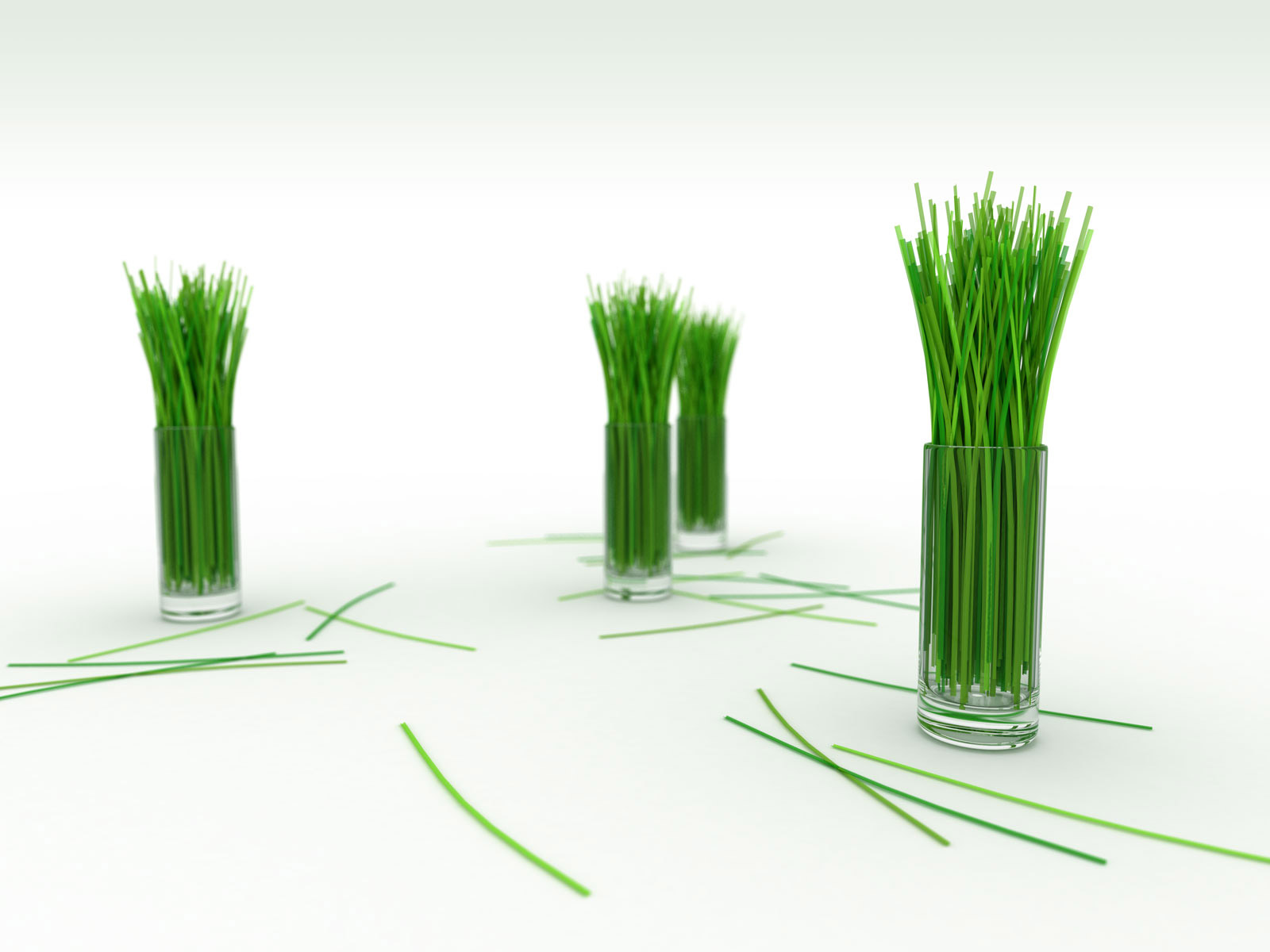Before i start sharing recipes, tried and tested, i would like to share something that is the utmost important that most cook-books, cooking shows, and cooking websites alike seem to neglect, which is technique. All cooking rests on a set of fundamental techniques, know this fundamentals, and there’s very little you won’t be able to do in a kitchen. But why learn techniques? Take for instance, the typical recipe of cooking pasta, “Bring a pot of water to boil and salt”, seems so rudimentary enough, but then you start asking questions, “how much water?”, “how much salt to use?”.
These are the kind of questions where only your techniques could answer. You felt that you knew what a certain recipe is asking for but the second after you’d be in doubt. I learn these 20 techniques from Michael Ruhlman, an author and a chef, well not really a chef, but this is a writer whom in his quest to understand the world of culinary and in order to write about them, enroll himself in the most prestigious cooking school in the US, the fame, most revered, Culinary Institure of America, dubbed the CIA. Here i am, after understanding his techniques, sharing it with everyone in an attempt to have organization in the kitchen the most important tools of cooking. They begin where cooking begins, with thinking.
Think: Where cooking begins.
Thinking in the kitchen is underrated. When you have a recipe that says, “Combine A and B, add C, stir and bake for 20 minutes as 180 degree C”, do you simply follow the instructions? Cooking doesn’t work that way. There’s too much variables in cooking that can never be accounted for. For instances, try to write a perfect recipe for a simple buttered toast? There’s no exact way to explain the variable temperature of the butter, how thick the bread is, what type of bread, how hot the toaster gets.
Before you being cooking, stand still. Think. Imagine what is about to happen, your next move, what comes next and after. Without thinking, you’d be scramblling for the cook book for every single step describe in the recipe. Even after cooking the same dish over and over again you still feel uncomfortable without the recipe in hand or next to you, you worried that you may miss a step or two. By thinking, you eliminate that barrier. You will cook with a smooth motion, because you have pictured in your mind what step comes after each other, what needs to be done and when to do it.
So before you begin, stop for a moment and think. Visualize the sequence of your action and then begin to work. And as you work, while you’re doing one thing, think about what you’ll be doing next and next and after that. Clear your way. Always be thinking.
